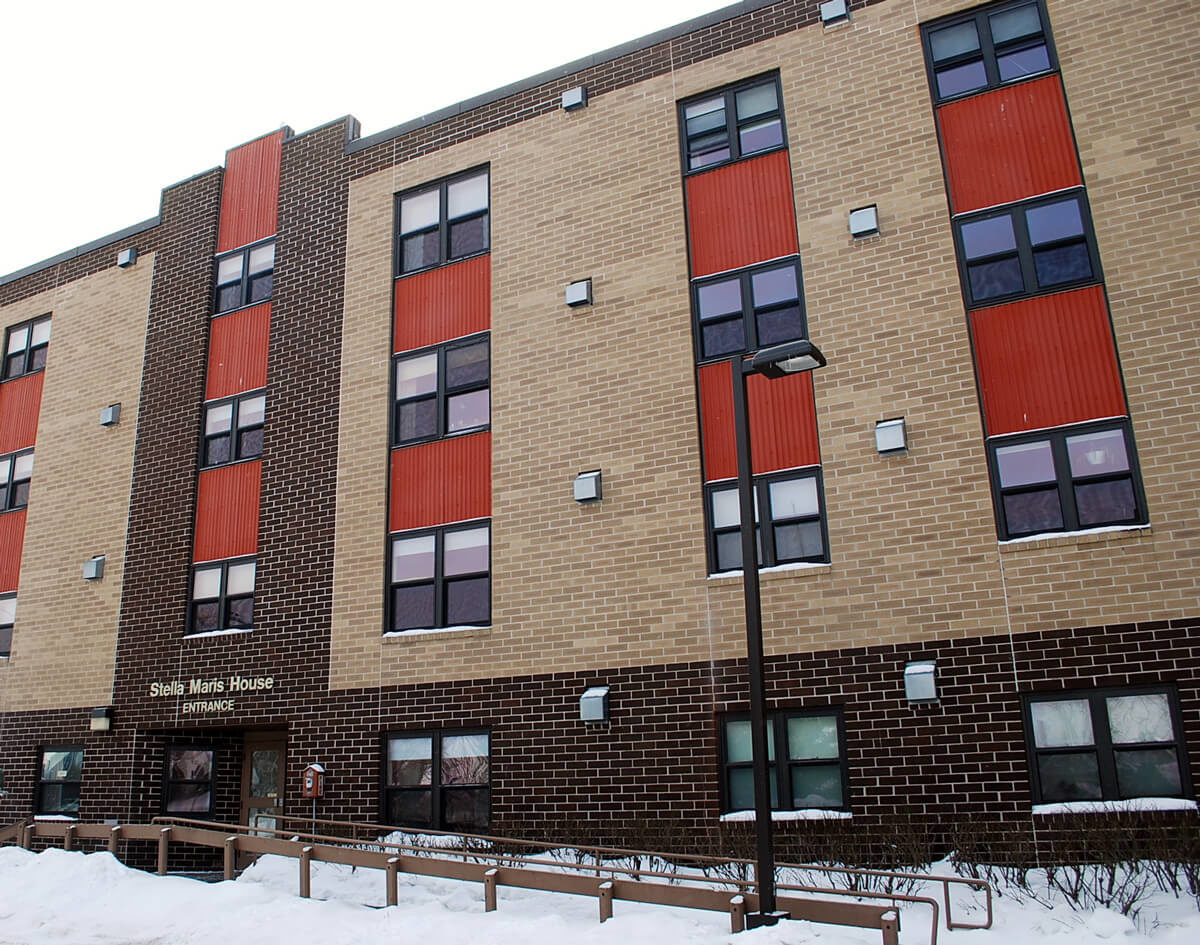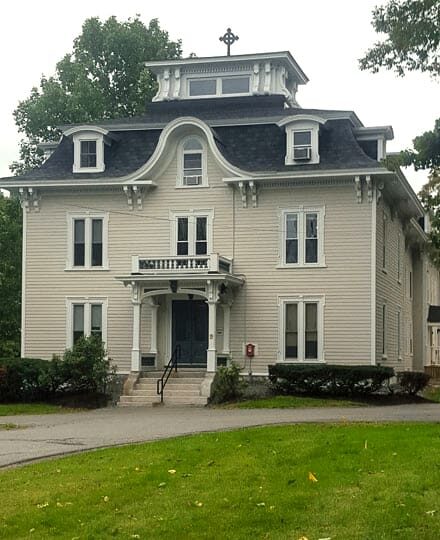Project Summary
Upgrading older facilities, particularly historic projects, with modern bathroom fixtures and amenities can bring much needed aesthetic, maintenance, and safety relief. But it’s not without challenges. Changes in standard sizing over the years and new accessibility and code requirements can make fitting today’s products into older spaces difficult.
Code requirements, which become more stringent with each new version, are one of the first hurdles to overcome. ANSI standards in particular can be difficult to maneuver since different areas around the country use different standards. For example, New Jersey might follow ANSI 2003 while another state may have adopted a more up-to-date version.
What has also changed are sizes—simply, older bathing products, and the spaces they were installed into, don’t necessarily match what’s available today. For example, a tub being removed from a historic space could measure 56 inches wide, but the new standard is 60 inches.
These issues are in addition to the typical labor challenges of retrofit projects—demolition of existing materials. For example, concrete, one of the more common materials used in these older buildings, affects how old tubs are removed and new products are installed.



